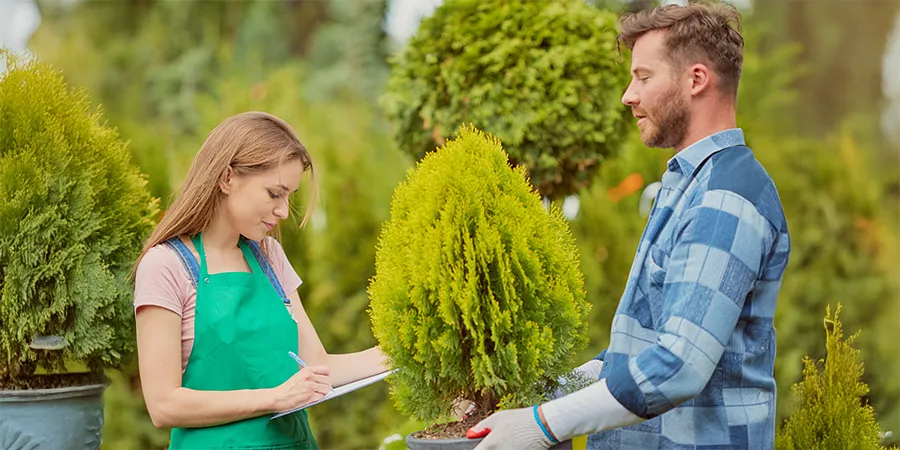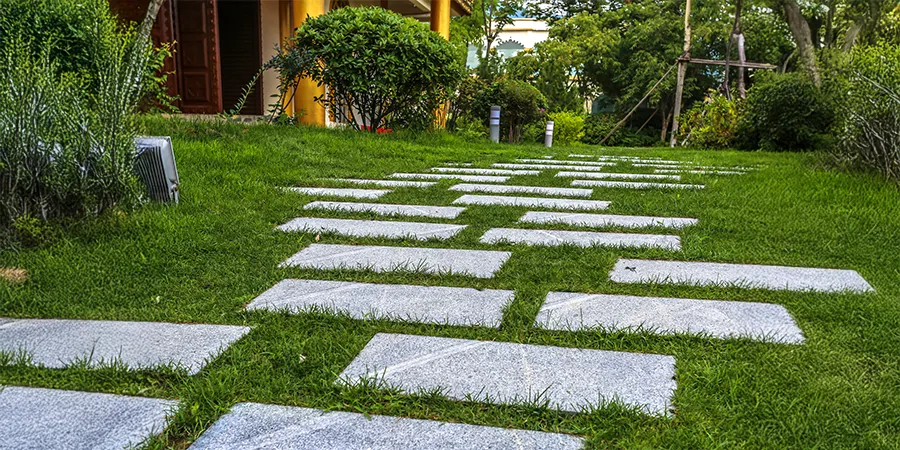Raised garden beds are a popular feature in Sunshine Coast landscapes, and there’s a good reason for that. They’re functional, stylish, and perfect for growing veggies, herbs, or flowers (really just about anything) in defined spaces.
But not all raised beds are built to last. If you want yours to stand up to Queensland’s heat, rain, and shifting soil, a little planning goes a long way.
Here’s what to consider if you want your raised garden bed to look great and perform for years.
Start with the Right Materials for Raised Garden Beds
Want to know one of the biggest reasons raised beds fail early? Poor material choice.
Here are a few of the best options:
- Treated pine: Budget-friendly and widely available, but make sure it’s H4-rated for ground contact. Avoid old sleepers with creosote or CCA.
- Hardwood sleepers: More expensive, but naturally resistant to termites and rot. They offer a more natural, durable look.
- Galvanised steel: Sleek, modern, and incredibly long-lasting, especially when coated for rust resistance. Great for neat, curved or corrugated styles.
I always tell my customers to avoid untreated timbers, thin composites, or anything that will warp or split after one wet season. It’s just not worth it.
Plan for Proper Drainage
Drainage is a must. Both for your plants, and to protect the structure itself.
A solid raised bed may need:
- A gravel or coarse base layer to prevent soggy soil (not always necessary)
- Drainage holes or weep gaps if using steel or enclosed timber
- A geotextile or weed mat lining to separate soil from timber and reduce rot
Without drainage, beds can become waterlogged, collapse, or rot from the inside out. Here on the Sunshine Coast, we certainly experience more than our fair share of heavy downpours. Usually just the nature of a raised bed, if it is connected with the earth will drain well, by default.
Build for Function as Well as Form
A raised garden bed should be more than a box of dirt. Good design considers how you’ll use it and how it fits into your yard.
Things to think about:
- Height: 400–600mm is ideal for veggies and easy access
- Spacing: Leave enough room for a wheelbarrow or tools between beds
- Orientation: North-facing beds get the most sun in winter
- Edges and safety: Smooth tops or capping can prevent splinters and double as a ledge to sit or rest tools
- Aesthetic integration: Choose colours and finishes that match your other garden features or hardscaping
Maybe all you want is a functional bed. But hey, you can make them look great too. Remember, raised beds can deliver both style and function when designed with intention.
My Favourite Raised Garden Bed Feature: Irrigation
Obviously, if you have plants, you’re going to need to bring water to them. Some plants are not so thirsty and may never need additional moisture. But, if you’re growing edibles, you’ll need it for sure. There are basically 3 ways to water:
- By hand: Use a hose. Enjoy the opportunity to be one with the garden. It can be a precious time of self-reflection, space for thinking, meditation or just being!
- Automatic irrigation (reticulated watering system): It’s very attractive to have a set and forget system to water your plants. But you may miss the advantages of hand-watering! 😉
- Self-wicking beds: This is my favourite type of bed that I strongly recommend to food growers. When you have a self-watering bed, the water wicks up from underneath the plants. I’ll write more about that in another article. But suffice to say, your beds will be incredibly more productive when there’s no interruption in availability of water. Your plants will take up what they need. And you’ll have healthier plants.
Yep, auto-watering beds are my method of choice for food beds.
Want Beds that Look Great and Last?
Prefab kits might work for small yards, but if you’re after custom raised garden beds built for Sunshine Coast conditions, it’s worth getting professional advice.
Greener Landscaping designs and installs raised garden beds that combine durability, drainage and clean finishes. If you want a bed for your home, community garden, school, or acreage property, then you’ve come to the right place. Call us on 07 4120 7807. If you’re ready to grow more and maintain less, we’re here to help.



